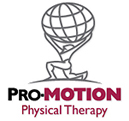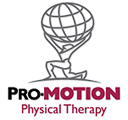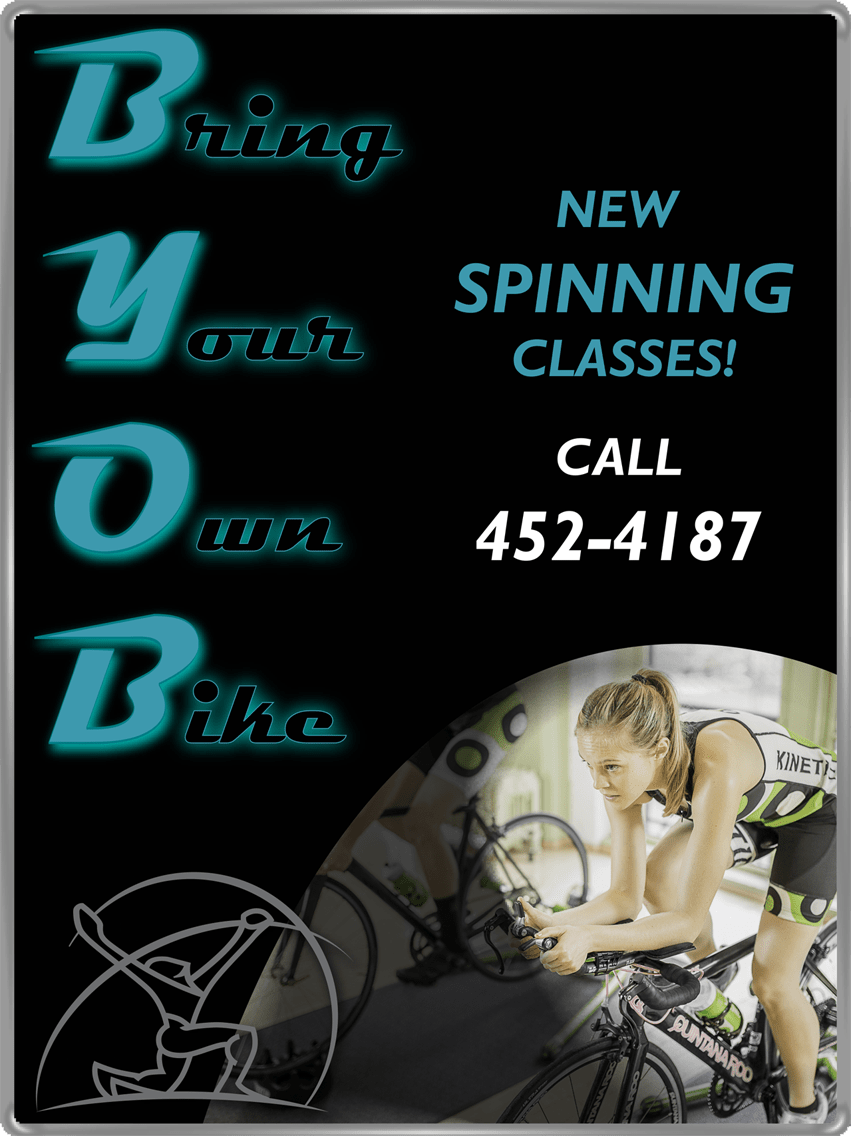FROM THE PROMOPT BLOG

Age and Arthritis
We’re not getting any younger. It’s a phrase every human that has placed foot on this earth can mention, at any moment in life.
Age brings new opportunities — experience means better job opportunities, it gives you the ability to see the joys a flourishing family, and the chance to apply skills you have learned over time.
Age also comes with new difficulties. Eyesight is a little less sharp. You can’t run the 5k as quickly as you used to.
Many also associate age with arthritis. We most often think of joint pain in the hands, but it can arise in many places on the body. One significant area is degenerative joint disease in the cervical spine. Osteoarthritis (OA) is the most common form of arthritis worldwide. The typical joints affected are large weight-bearing joints, such as the hip and knee, and smaller peripheral joints, including the hands. The spine is also a major area of concern. OA affects at least 50% of people 65 years of age, and occurs in younger individuals following joint injury.
Treatment of OA in the United States costs almost $200 billion annually. According to the Centers for Disease Control and Prevention, it is expected that by 2030 nearly 70 million adults in the U.S. will have been diagnosed with some form of arthritis. According to the Arthritis Foundation, an estimated 27 million Americans live with OA, but, despite the frequency of the disease, its cause is still not completely known and there is no cure.
Every joint comes with a natural shock absorber in the form of cartilage. This firm, rubbery material cushions the ends of the bones and reduces friction in healthy joints. As we age, joints become stiffer and cartilage is more vulnerable to wear and tear. At the same time, repetitive use of the joints over the years irritates the cartilage. If it deteriorates enough, bone rubs against bone, causing pain and reducing range of motion.
When degeneration occurs in the neck, the joint cartilage transitions from smooth, white, and translucent to a condition where it is yellow and opaque with areas beginning to soften. Eventually, these areas become cracked and worn, exposing the bone underneath the cartilage.
Historically, OA has been described as a primary disorder of cartilage. Although there is loss or thinning of the cartilage OA, there is also production of new tissue, including fibrocartilage (a different and less flexible type of cartilage), and attempts by the cartilage to regenerate as evidenced by increased protein synthesis by chondrocytes, especially in the early stages of disease. Such changes are accompanied by joint remodeling, which includes the formation of abnormal bone around the joint (osteophytes).
In our opinion, osteoarthritis is a mechanically induced disorder in which the consequences of abnormal joint mechanics provoke the changes in the joint structure. Recent studies suggest that osteoarthritis develops in one of the following settings or in a combination of the two:
- The biomaterials that comprise the various tissues of the joint are normal, but the mechanical stresses on the joint are excessive (e.g., a baseball pitcher’s elbow; the shoulder in the serving arm of a tennis pro, the neck of a wrestler;
- The loads placed on the joint tissues are normal but the cartilage is abnormal.
In either case it is clear that abnormal loading can create a breakdown in the normal appearance of the articular cartilage.
How does this happen?
One possibility is ligaments. There are many studies that show that injury to the ligaments that surround joints can created a loss of normal joint stability (excessive motion of the joint) leading to abnormal loads on the cartilage.
Another option is muscle. The muscles that surround the neck not only guide the motion of the joints but also serve as springs, which help decelerate loads to the neck bones and joints. As an illustration, let’s say you trip while walking. As your body falls forward, the weight of your head and gravity pull it forward. It is the muscle’s job to decelerate the motion of your head to help protect it from hitting the ground. Muscular weakness from disuse or prior injury, or loss of normal muscle response time can lead to abnormal motion and excessive loads on the articular cartilage.
Yet another signifier is your nerves. Nerves feed the brain information. We have receptors for touch, pain, pressure, sight, sound and, movement. The movement receptors are called proprioceptors. These little nerve endings are imbedded in ligaments and in the capsular bags that surround joints. They function to relay information about joint position and the direction and speed of joint motion. Muscles use this information to help them contract with the proper amount of force at the right time to support movement.
Proprioceptive input diminishes with ageing and in osteoarthritis. Though studies on osteoarthritic knees demonstrate reduced proprioceptive function, other studies show that the opposite non-arthritic knee also shows deficits. This raises the possibility that the reduced nerve input causes OA rather than the opposite.
Joint stability is based on three key components: Ligament and joint capsule integrity (passive support), muscle strength and muscle timing, and control (active elements). So, joint stability depends on passive stabilization and active support.
Finally, bone plays a role. Evidence suggests that in joints with OA, the bone underneath the cartilage (subchondral bone) seems to be stiffer and less able to absorb loads than the subchondral bone in normal joints. Most researchers have suggested that the increase stiffness is due to the abnormal cartilage above it. Recent evidence suggests that the abnormal bone is a result of the abnormal joint mechanics caused by a joint that lacks the three components of stability. The hardening and thickening of the bone, then, thins the cartilage from below. The thinning of the cartilage makes it more susceptible to further wear and tear.
Most commonly, degenerative joint disease occurs with general wear and tear over time. It can have genetic factors that influence its occurrence. At times, these issues can come from a traumatic injury that accelerates wear and tear or from repetitive stress injuries — such as a job with frequent heavy lifting.
In normal physiology, cartilage is an avascular (no blood supply) and aneural tissue (no nerve system which can transfer pain messages), and thus pain mediation may well be arising from other joint structures.
Where is the pain coming from?
The cause of joint pain in OA is not well understood. The exact incidence and prevalence of osteoarthritis is difficult to determine because the clinical syndrome of osteoarthritis (joint pain and stiffness) does not always correspond with the structural changes of osteoarthritis (usually defined as abnormal changes in the appearance of joints on radiographs).
This is a key fact to remember.
There is no correlation between the degree of arthritic changes and the degree of pain. The brain processes pain from OA. Classically, the pain was thought to come from the nerve endings in the underlying subchondral bone. This may be true, but research also shows that nerve endings around the joint respond to the inflammatory soup created by tissue damage.
Information is brought to the brain by nerve endings, which are reacting to inflammatory mediators (chemicals) which are released by damage to joint structures. Several pro-inflammatory mediators may be recruited into the OA joint associated with damage, including nerve growth factor (NGF), nitric oxide (NO) and prostanoids.
The more these chemicals are released the more the nerves become irritated. This causes a heightened sensitivity centrally in the brain and heightened irritation locally at the joint.
How to treat it?
There are two primary ways to treat OA of the spine. One involves the use of medication (pharmacological); the other revolves around working to improve the joint’s stability through appropriated exercise, developing innovative ways to move while accomplishing the task and activities that reproduce the pain, and using modalities such as ice, compression and rest to ease symptoms.
Pharmacology approach:
Appropriate pharmacological analgesia forms one of the key platforms for treating osteoarthritis. Most resources suggest that medication is used after it is clear that the non-pharmacological approach is insufficient.
The use of analgesia may be aimed at different aspects of your pain, including night pain, pain associated with activities of daily living, or exercise-associated pain.
Oral analgesics, including paracetamol, NSAIDs (non steroidal anti-inflammatories), steroids (e.g., prednisone), have been used for many years, with increasing use of opioid analgesics in recent years, partly fuelled by fears over the safety of NSAIDs.
Non-Pharmacologic approach:
In our opinion, it makes much more sense to treat this movement disorder with a movement strategy. In this way, attention is directed toward the underlying mechanical abnormality (treating the causes and compensations of the problem), vs. using medication to mask the symptoms (treating the symptoms).
Even if injections in to the joint show the potential to grow new cartilage or slow down the breakdown, that cartilage still exists in the unfavorable mechanical environment that affected the joint in the first place. Exercise should be directed at improving mobility, strength and muscular control. Manual therapy is utilized to improve joint motion. Task-oriented assessments create opportunities to modify movement mechanics by altering or innovating the movement strategy used, or by modifying the task or environment.
The Royal College of England’s report on OA states that exercise should be a core treatment for people with osteoarthritis, irrespective of age, comorbidity, pain severity or disability.
It is our bias that you work closely with a movement specialist. That specialist is first and foremost a physical therapist. Therapy can reduce inflammation and restore joint function. It also increases motion and gives you the opportunity to return to full function.
Your physical therapist can also put together an exercise regiment that addresses your symptoms and keeps you on the right path toward a higher quality of life.
Think you have degenerative joint disease? Come by Pro-Motion Physical Therapy and we will help you connect your purpose to your desired potential!







